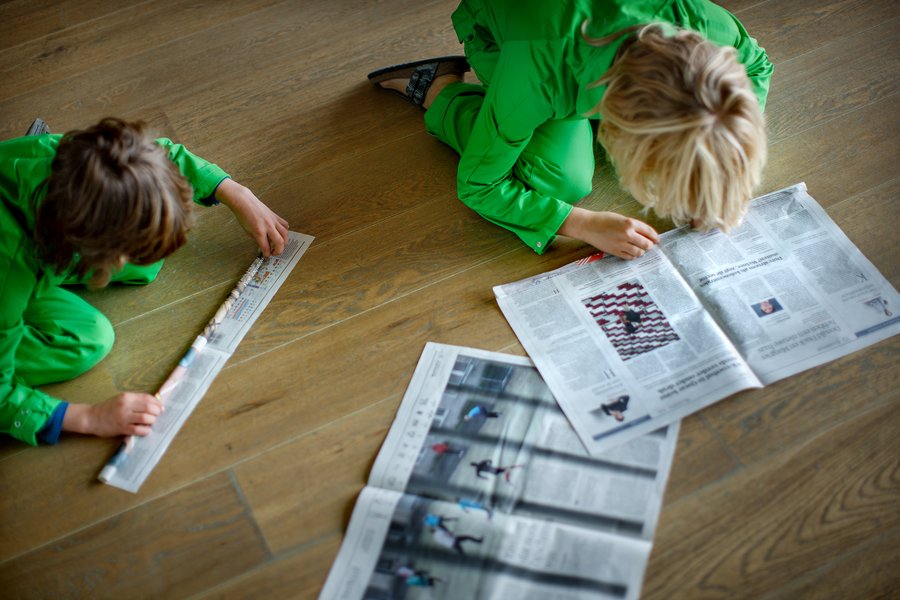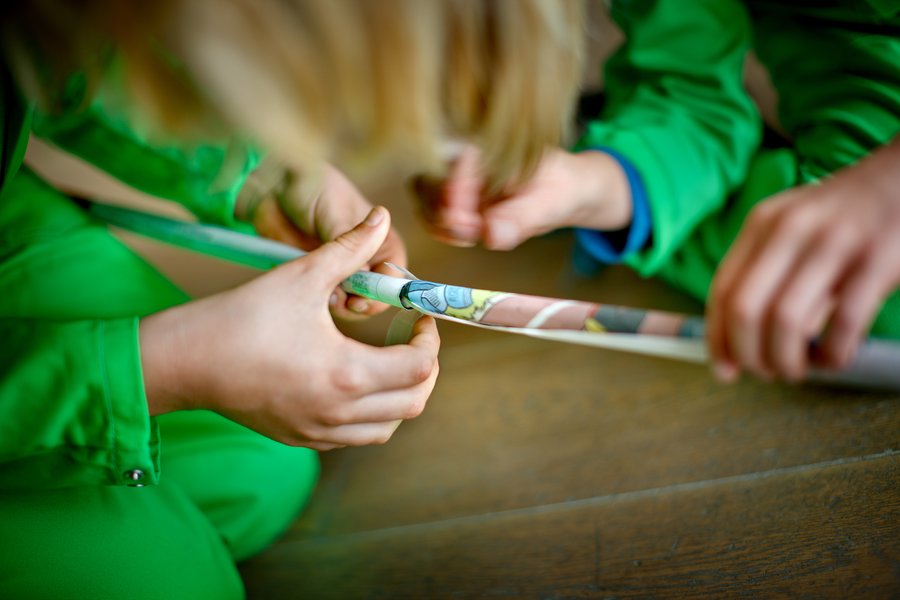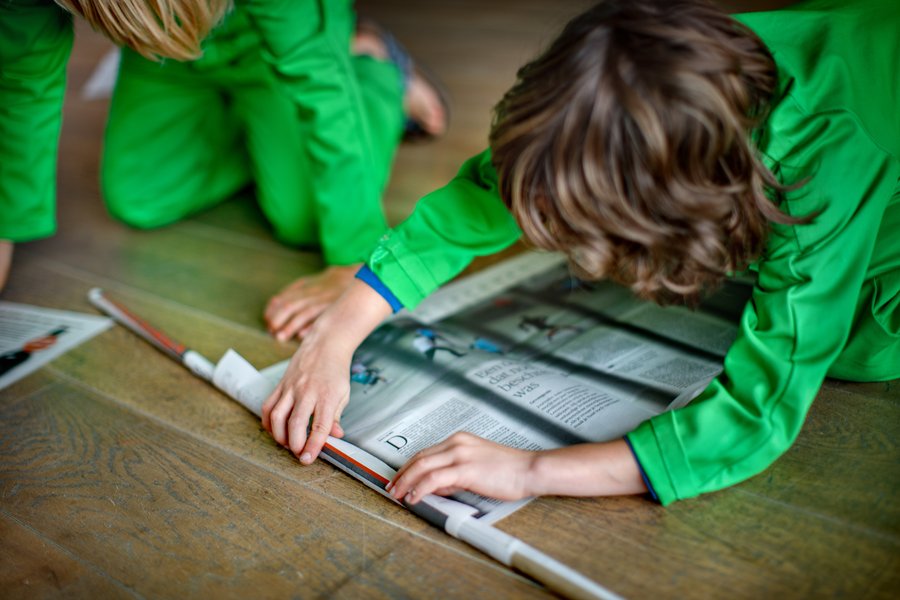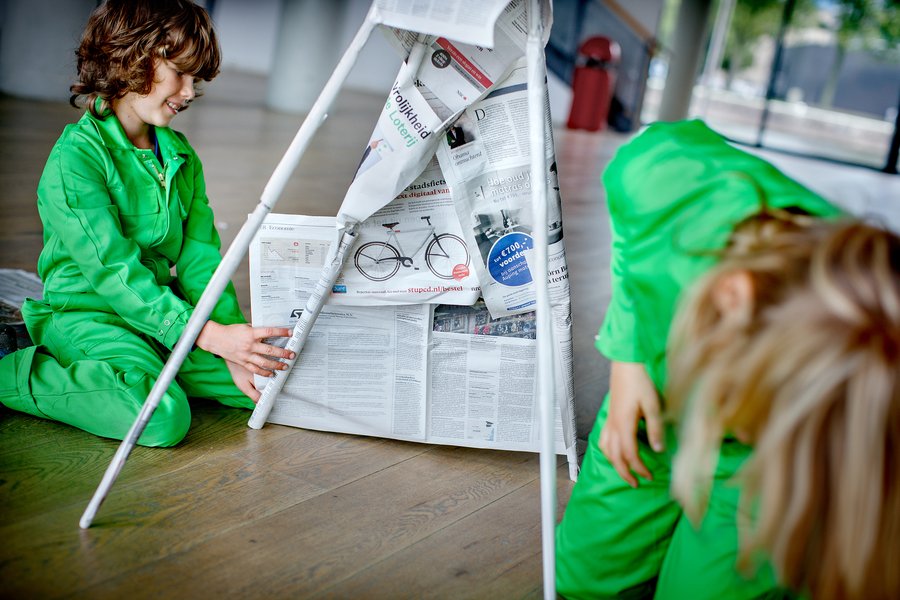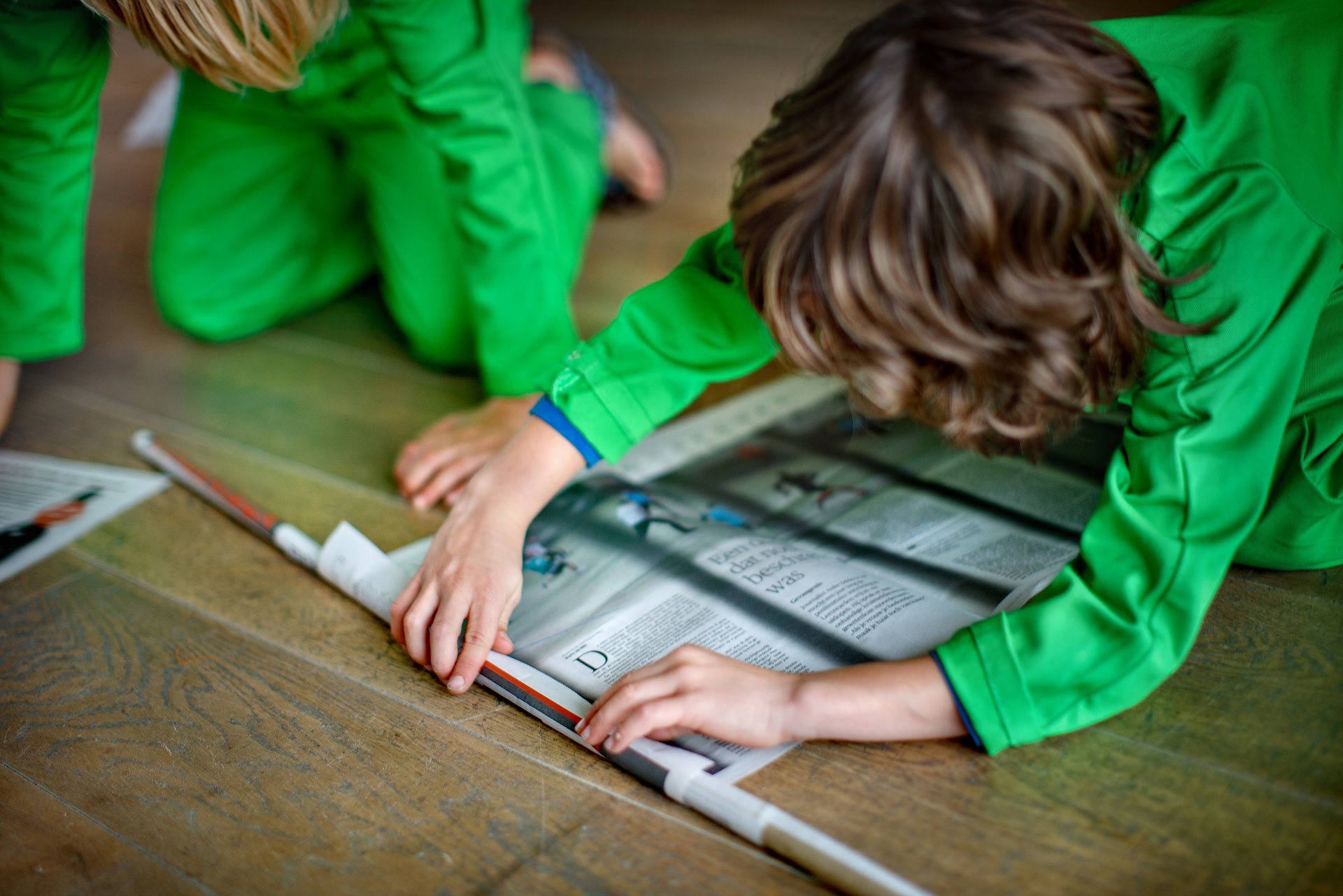
Do it yourself
Build a tipi from
30 minutes
Build a tipi from
a newspaper
30 minutes
Boring, isn’t it, when your mum and dad spend all Saturday reading the paper? Here’s something you can do about it: get up extra early, get the newspaper from the doormat, and use it to make a tipi. But how do you turn a floppy newspaper into a strong tipi?
